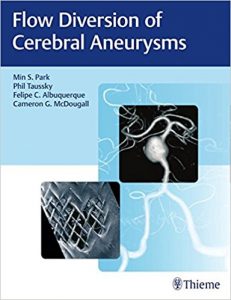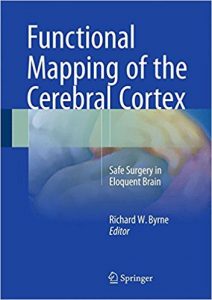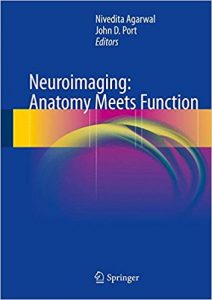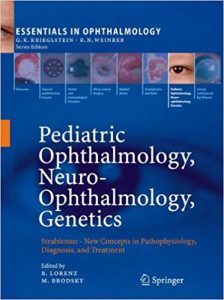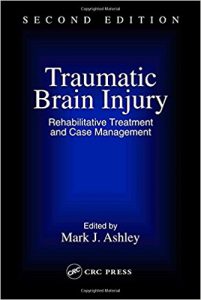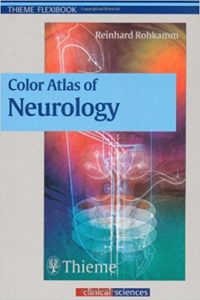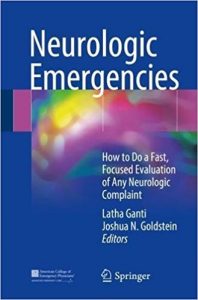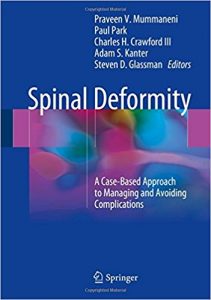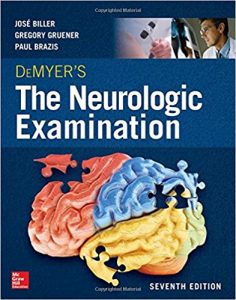Neurosurgical Emergencies (AAN) 3rd Edition
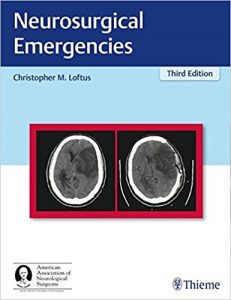
The third edition of this acclaimed book covers frequently encountered neurosurgical emergencies, with contributions from renowned experts in their respective subspecialties. Clinical insights and easy-to-follow protocols are presented for emergencies associated with disease, infection, and trauma – and complications such as status epilepticus and acute shunt malfunction. Injury classification, evaluation, clinical presentation, imaging, surgical indications, approaches, and prognosis are presented for each condition. Concise, evidence-based descriptions enable readers to rapidly gain a solid understanding of the pathogenesis of each problem.
The authors retained the scope and content of previous editions and added six new chapters that reflect recent advances. These include novel invasive brain monitoring techniques and their relevance to clinical practice, emergency surgery for stroke, emergency endovascular stroke treatment, cerebral venous thrombosis, consideration of cervical stenosis as an emergency, and emergent presentation and management of spinal dural arteriovenous fistulas and vascular lesions.
Key Features
- Updated from black and white to full-color illustrations
- Current guidelines for managing a full spectrum of intracranial, spinal, and peripheral nerve emergencies – from assessment of acute loss of consciousness – to pituitary apoplexy, cerebral herniation, and penetrating spine and peripheral nerve injuries
- Neurosurgical emergencies in pediatric patients including spinal cord injury and perinatal management of myelomeningocele
- Treatment and management of spontaneous intracerebral, subarachnoid, and intraspinal hemorrhages
- Recognition and management of intrathecal baclofen and narcotic withdrawal
This stellar resource is a must-have for practicing neurosurgeons and emergency medicine specialists. It will also greatly benefit residents and fellows in these fields of medicine.
DOWNLOAD THIS BOOK FREE HERE

